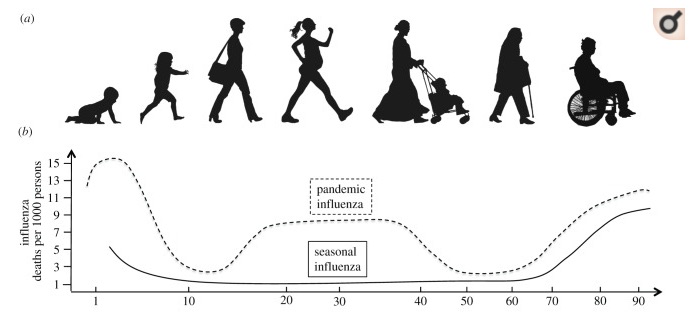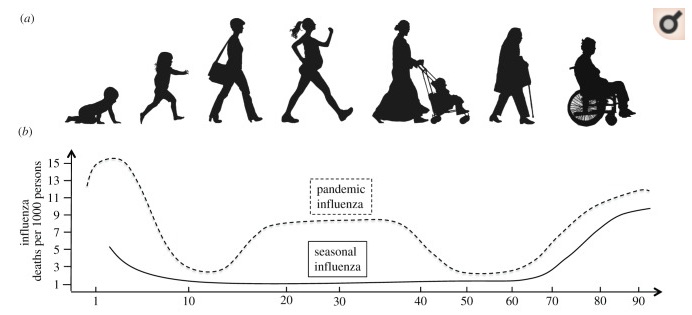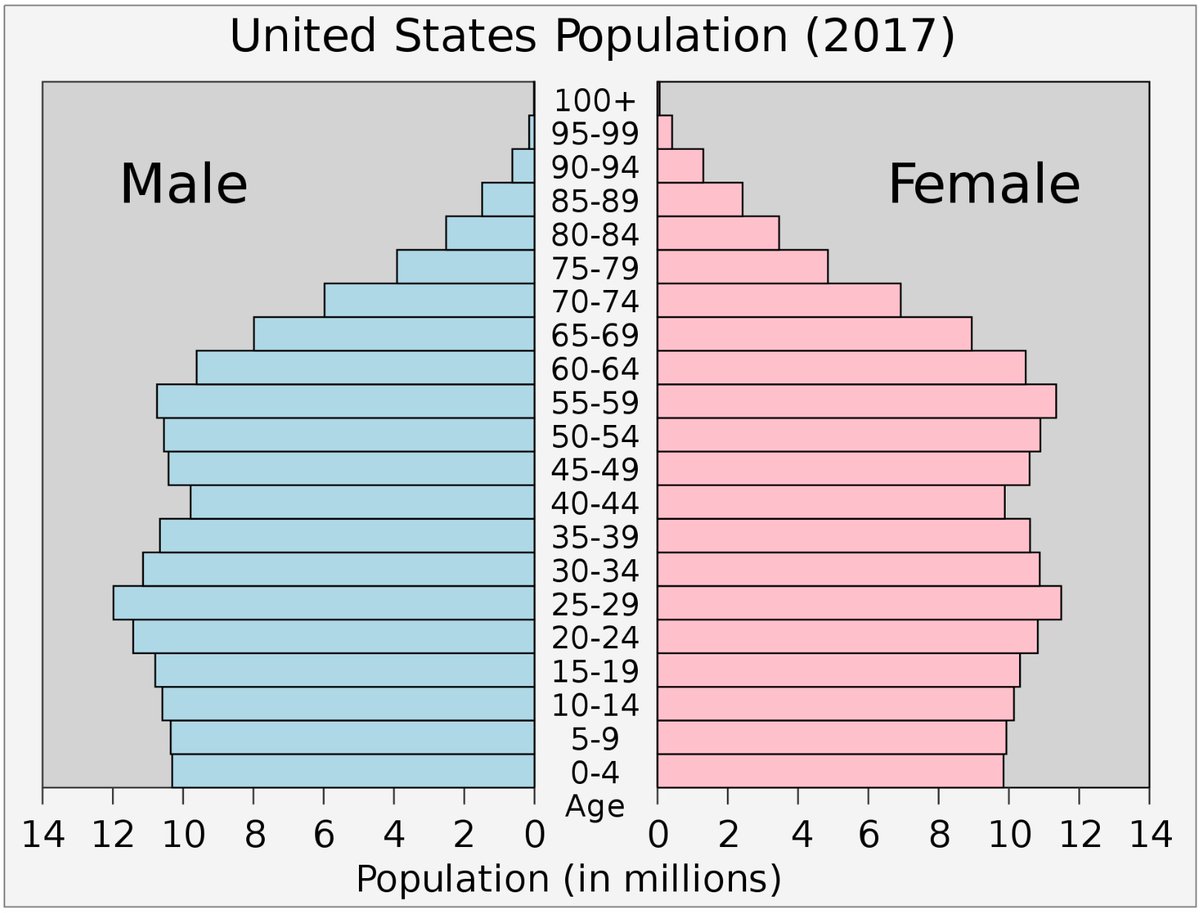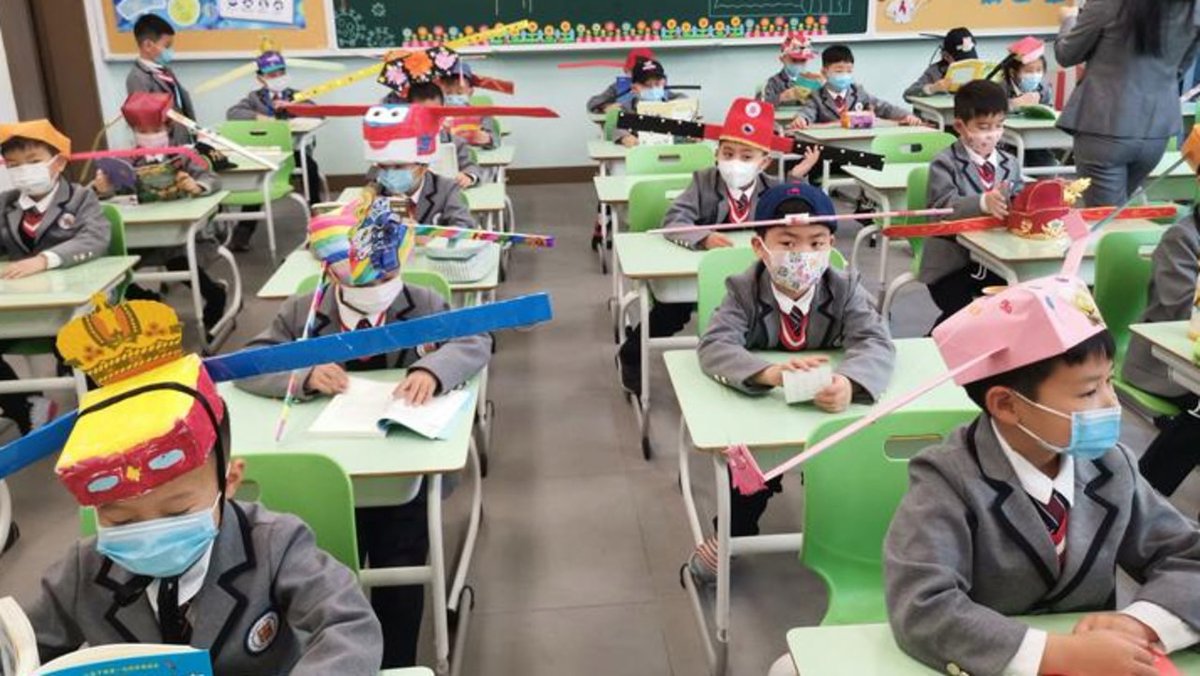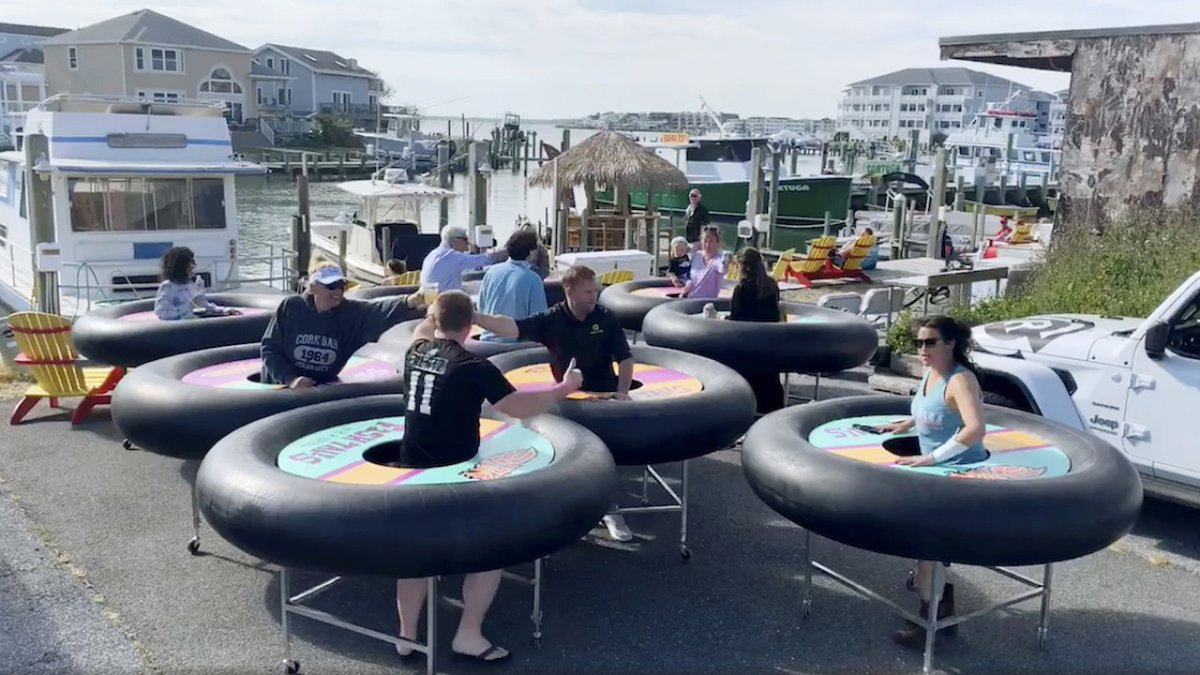And so I find it haunting and sweet that they might escape the predations of COVID19. 2/
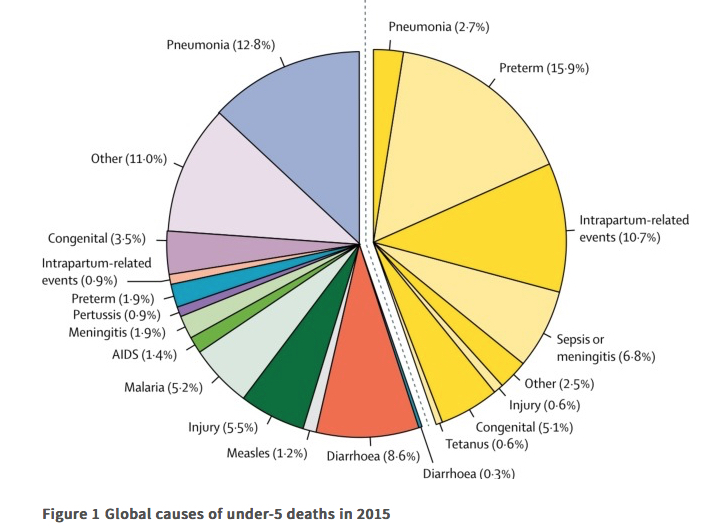
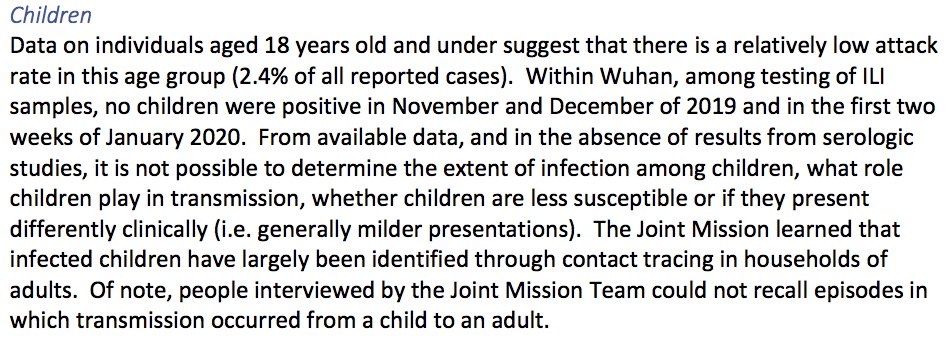
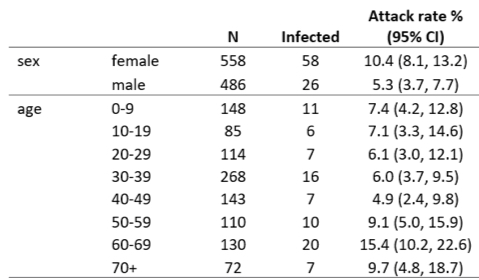
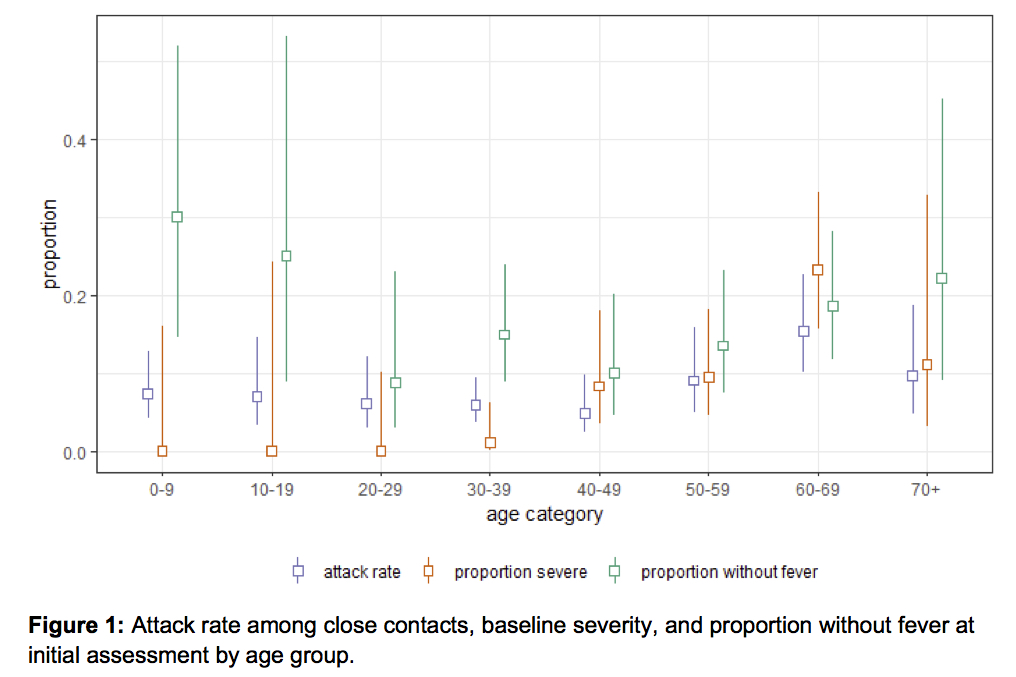
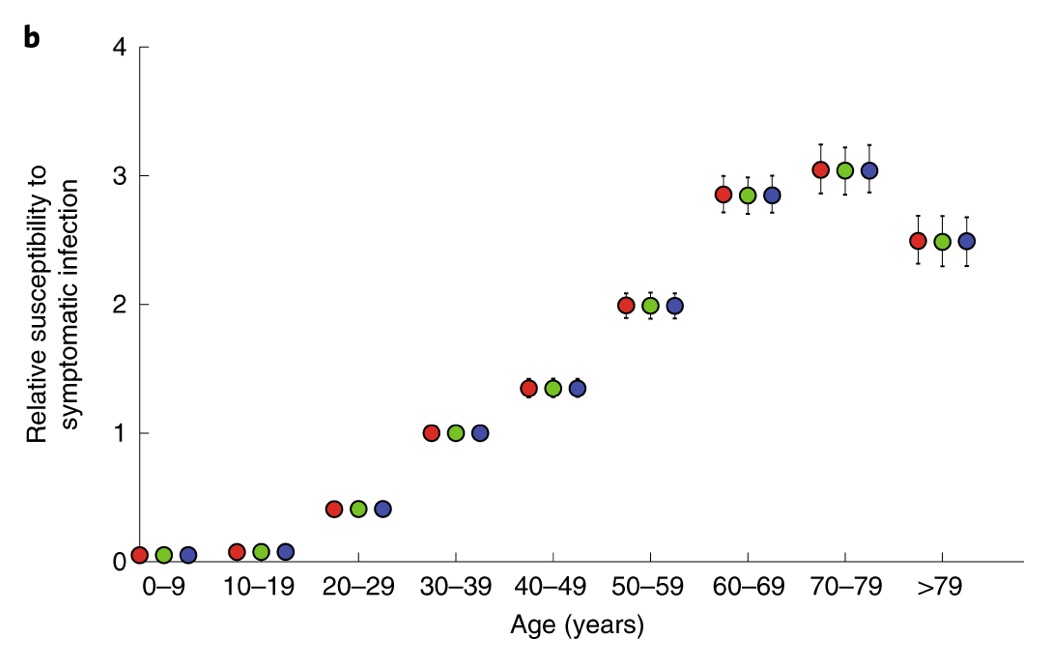
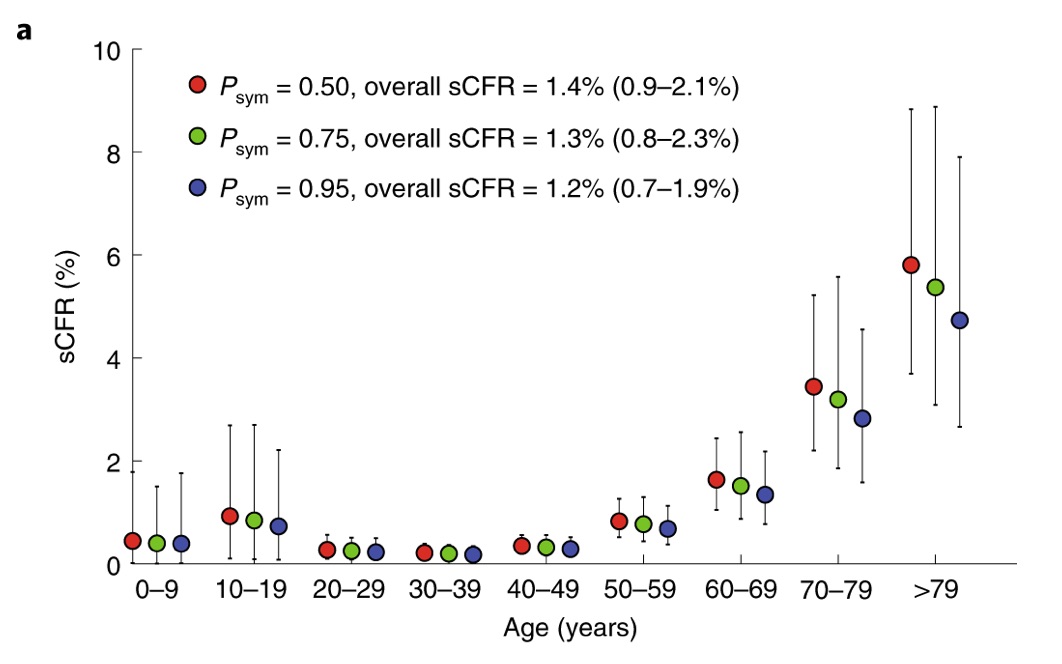

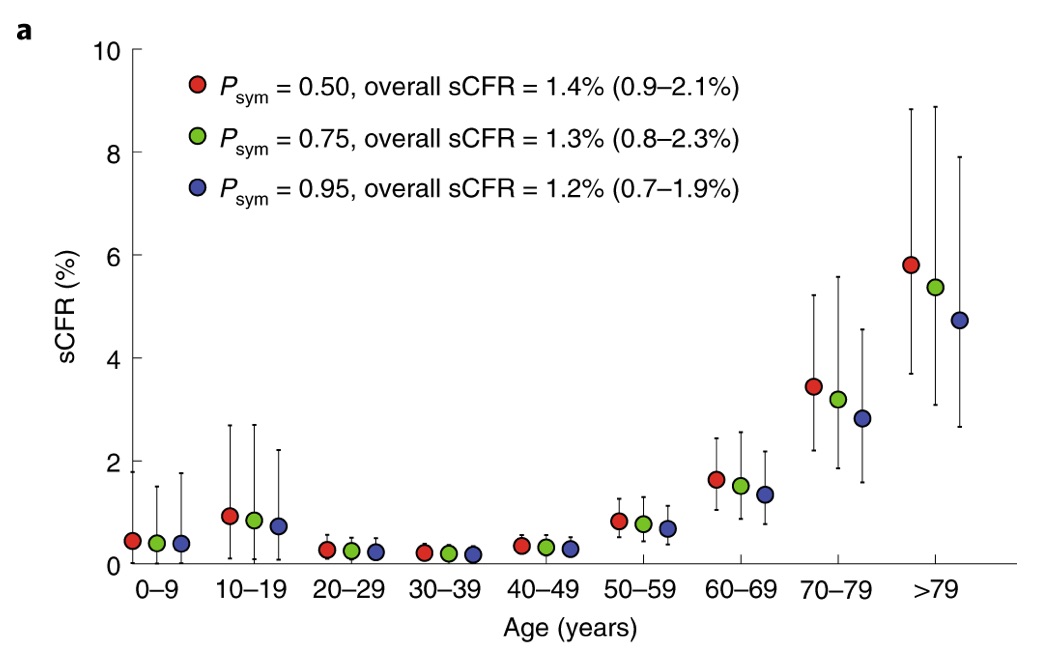
Age 0-9: 0.0094%
Age 10-19: 0.022%
Age 20-29: 0.091%
Age 30-39: 0.18%
Age 40-49: 0.4%
Age 50-59: 1.3%
Age 60-69: 4.6%
Age 70-79: 9.8%
Age 80+: 18%
16/

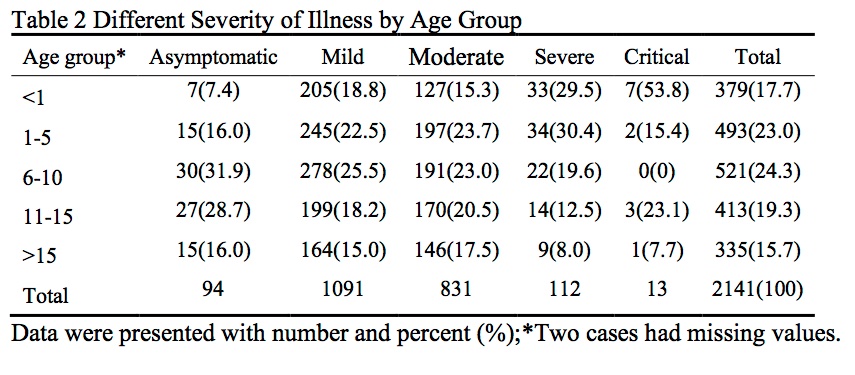

Kids suffer in disasters. 23/
But this much is already clear: kids are somewhat less likely to be infected with SARS-CoV-2 and substantially less likely to get seriously ill if infected. 31/
